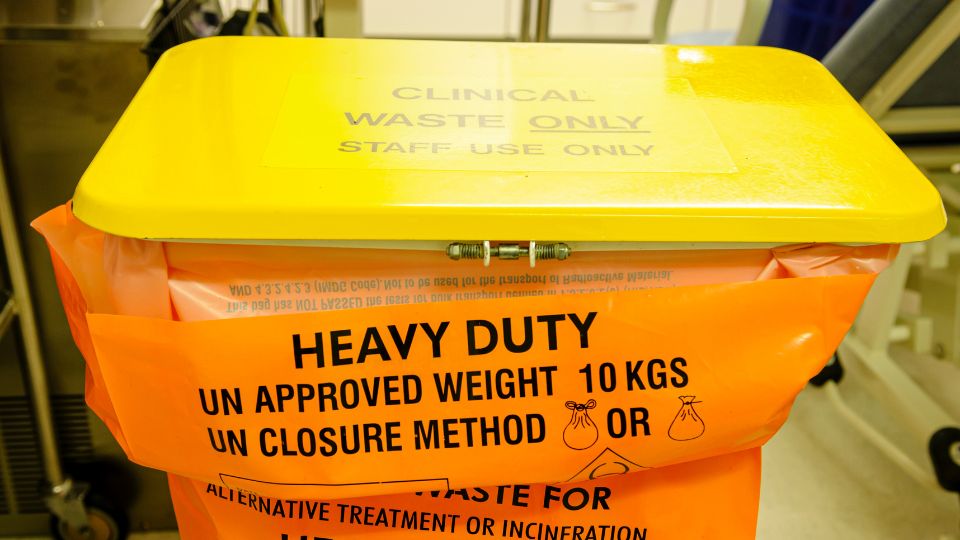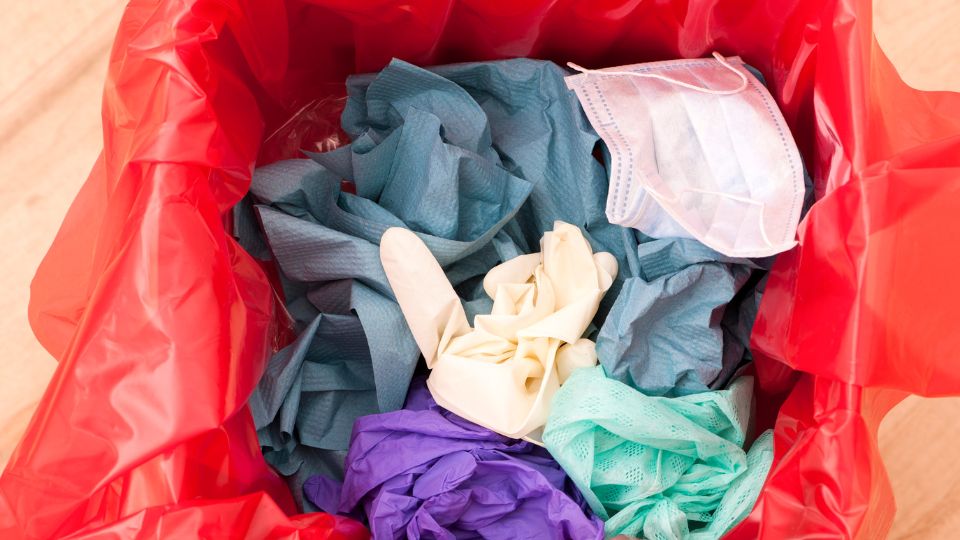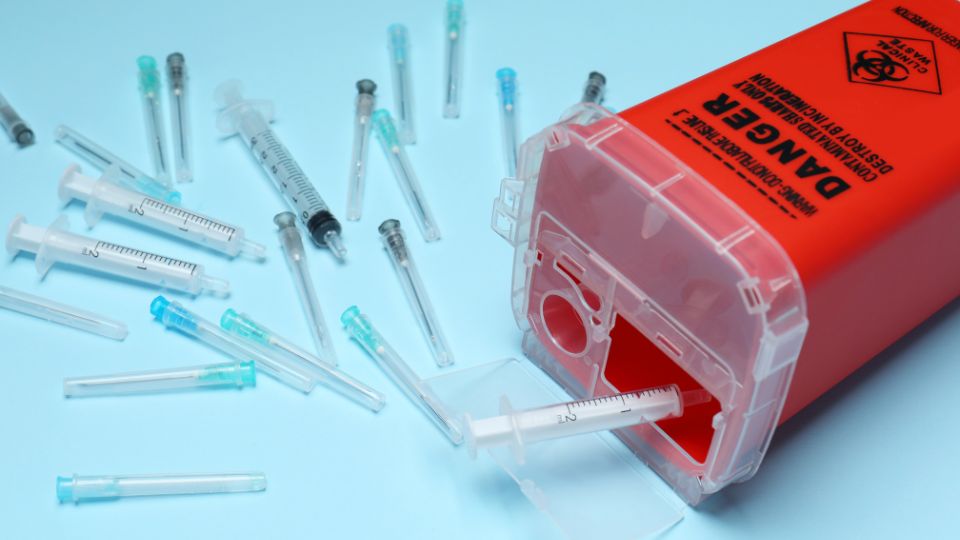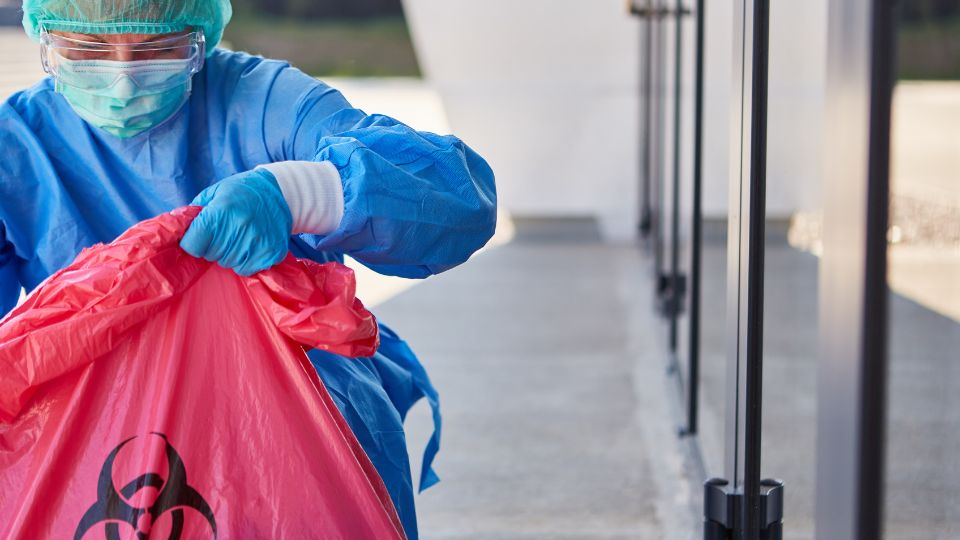
Quick Summary:
- The entire process of clinical waste management, from initial collection and segregation to final treatment and disposal.
- Learn about the various treatment methods used for clinical waste, including autoclaving, incineration, and chemical disinfection.
- Understand the importance of adhering to regulations and best practices to ensure safe and responsible disposal of clinical waste.
Managing clinical waste is a critical responsibility for businesses and healthcare facilities in the UK. With stringent regulations in place, it’s essential to understand where clinical waste goes once it leaves your premises. This blog will provide an overview of the journey of clinical waste, from initial handling to final disposal, and highlight the importance of adhering to proper waste management practices.
Table of Contents
The Lifecycle of Clinical Waste

1. Collection and Segregation
Initial Handling:
Clinical waste begins its journey at the point of generation. This includes hospitals, clinics, and other healthcare facilities, as well as businesses dealing with hazardous medical materials.
Proper segregation at this stage is crucial; clinical waste must be separated from general waste to prevent contamination and ensure appropriate treatment.
Secure Containers:
Clinical waste is collected in specially designed, colour-coded containers that are clearly labelled to indicate their contents.
These containers are engineered to prevent leakage and unauthorised access, ensuring that the waste is safely contained during transportation.
2. Transport to Treatment Facilities
Specialised Transport:
Once collected, clinical waste is transported by licensed waste management companies using specialised vehicles.
These vehicles are equipped to handle the hazardous nature of clinical waste and are designed to maintain the integrity of the waste during transit.
Regulatory Compliance:
The transportation of clinical waste must adhere to strict regulations, including proper documentation and tracking to ensure that the waste is managed by legal requirements.
This helps prevent illegal dumping and ensures transparency throughout the disposal process.
3. Treatment and Disposal
Treatment Methods:
- Autoclaving: This process uses high-pressure steam to sterilise the waste, making it safe for further handling or disposal.
- Incineration: Clinical waste may be burned at high temperatures in specially designed incinerators. This method effectively destroys hazardous pathogens and reduces the waste to ash.
- Chemical Disinfection: Some clinical waste is treated with chemical agents to neutralise harmful substances before disposal.
Disposal:
- Sterilised Waste: Waste that has been autoclaved may be safely sent to landfills if it is no longer hazardous.
- Incineration Ash: Ash from incineration is often disposed of in secure landfills or used in construction materials, depending on its composition and regulatory guidelines.
4. Compliance and Documentation
Record-Keeping:
Throughout the entire process, detailed records are maintained to track the waste from generation to final disposal.
This documentation is crucial for regulatory compliance and helps ensure that all procedures are followed correctly.
Regulatory Oversight:
Waste management companies and treatment facilities are subject to regular inspections and audits to ensure compliance with environmental and health regulations.
This oversight helps maintain high standards in waste management practices.
Best Practices for Managing Clinical Waste

- Proper Segregation: Ensure clinical waste is correctly separated from general waste to facilitate appropriate handling and treatment.
- Use Licensed Providers: Partner with licensed waste management companies that specialise in clinical waste to ensure compliance with regulations and effective treatment.
- Train Staff: Provide regular training for staff on proper waste handling and segregation practices to minimise risks and enhance safety.
- Regular Audits: Conduct audits of your waste management procedures to ensure they are in line with current regulations and industry best practices.
Summary
Clinical waste goes through a meticulous journey from its generation to its final disposal. Proper handling, secure transportation, and effective treatment are essential to mitigate health and environmental risks.
By adhering to best practices and regulatory requirements, businesses can ensure that clinical waste is managed safely and responsibly.
For more information on compliant waste management solutions and to find a licensed provider, contact us today. Let us help you navigate the complexities of clinical waste disposal and ensure that your waste management practices meet the highest standards.








